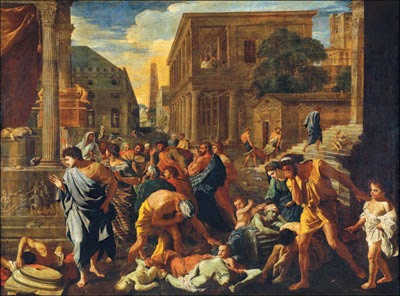Harmful effects of Excessive use of Antibiotics Drugs use :

An antibiotic is an agent that either kills or inhibits the growth of a microorganism The term antibiotic was first used in 1942 by Selman Waksman and his collaborators in journal articles to describe any substance produced by a microorganism that is antagonistic to the growth of other microorganisms in high dilution...... As the availability of antibiotic increased, there is also increase in misuse of antibiotics. Antibiotic is playing life saving drugs role in modern time. But resistance of body to antibiotics is major problem for all antibiotics. If you think antibiotic resistance isn't a problem or doesn't affect you, think again. Antibiotics are effective against bacterial infections, certain fungal infections and some kinds of parasites. Antibiotics don't work against viruses. So for every illness use of antibiotics is not reasonable. Main Problems with antibiotic over use : 1. Antibiotic Resistance bacterial diseases 2. Destruction of bene

.jpg)


